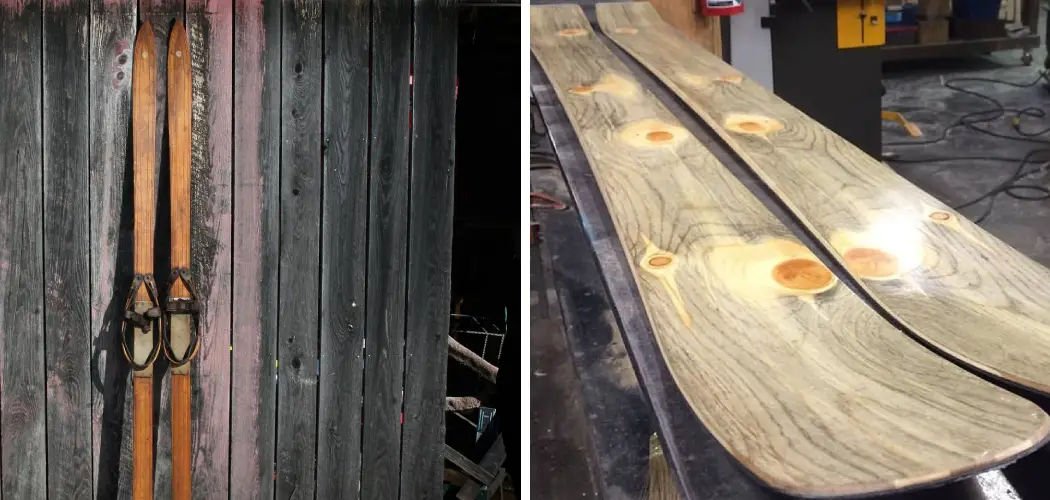Do you love the outdoors but have no idea how to make wooden skis? Look no further! In this blog post, I’ll take you through all of the steps necessary to fashion your own set of wooden skis.
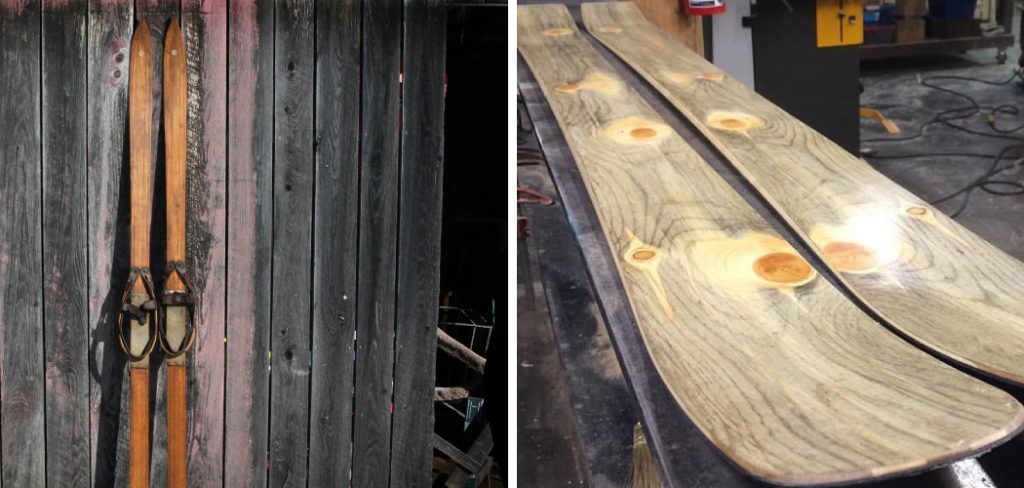
You’ll learn about choosing wood and materials, the construction process, and finishing techniques—so you can get out there into nature with your custom-made skis in tow. Let’s take off down the path together as we discover what it takes to make beautiful wooden skis!
Tools and Materials You Will Need to Make Wooden Skis
- Hardwood of your choice (i.e., maple, oak, ash)
- Drill and drill bits
- Band saw or handsaw
- Router and router bits
- Clamps
- Sandpaper in various grits (from coarse to fine)
- Resin/epoxy coating with catalyst
- Finishing oils or wax
Step-by-Step Guidelines on How to Make Wooden Skis
Step 1: Choosing the Right Wood for Your Skis
When it comes to making wooden skis, you’re going to want to choose a hardwood that can withstand the wear and tear of skiing. The most common types are maple, oak, and ash—all of which are great choices. Before taking wood, check the grain; select pieces with a straight grain pattern and slight flexibility, as these will help make your skis both strong and flexible.
Step 2: Preparing the Wood for Construction
Once you’ve chosen your wood, it’s time to prepare it for construction. You’ll want to measure out and cut your pieces to the desired length and shape. You can easily do this if you can access a band saw or handsaw. With a handsaw, make sure you use slow, even strokes. Use your handsaw carefully and safely.
Step 3: Drilling the Holes for Bindings
Once you’ve cut your wood to the desired lengths and shapes, it’s time to drill holes in each piece for your ski bindings. Double-check that these drilled holes are in the correct positions before continuing with the construction. While drilling, wear protective gear and take your time. Make sure to take safety precautions and wear protective gear.
Step 4: Sanding and Shaping the Skis
You’ll want to sand down your wooden skis using sandpaper in various grits until they are both even and smooth. Be sure to use finer grit sandpaper for the final polishing of your skis. Once all of the wood has been sanded down, you can start to shape the ski as desired.
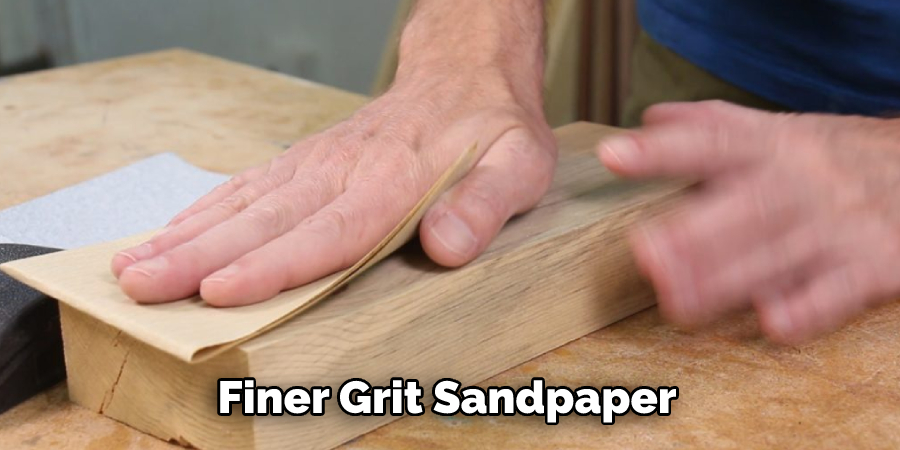
Step 5: Applying Resin/Epoxy Coating
To ensure your wooden skis are water-resistant and will last in tough conditions, you’ll need to apply a resin/epoxy coating with a catalyst. This coating should be applied in several thin layers, allowing each layer to dry before adding the next. Once you’ve applied all of the layers and allowed them to dry, your skis are ready for use!
Step 6: Finishing Your Skis with Oils or Wax
You can apply oils or wax to ensure your wooden skis have a nice finish that will make them look great. Once applied, buff it up, and your skis are ready to hit the slopes!
Now that you know how to make wooden skis, get out there and enjoy some time in nature with your own custom-made set of wooden skis. With a little bit of effort, you can make a beautiful set of skis that will last for years and years to come. Have fun!
Some Other Tips and Tricks to Make Wooden Skis
1. Ensure your wooden skis are properly sanded and sealed to prevent them from splitting or warping.
2. Using a bevel on the edges of the ski is essential for helping reduce drag, improve performance, and make turning easier.
3. To further reduce weight and help with maneuverability, consider adding angle inserts or other lightweight materials to the surface of your skis.
4. Before attaching bindings, it is important to ensure you use the right type and size for your skis; incorrect bindings can lead to injury.
5. Make sure the wax you use is compatible with the material of your skis; some waxes can be damaging to some materials.
6. Regularly check the screws and other hardware and replace them as needed; loose bindings can lead to injury.
7. Finally, ensure you are properly lubricating your skis with a good quality wax to help keep them in good condition for years to come.
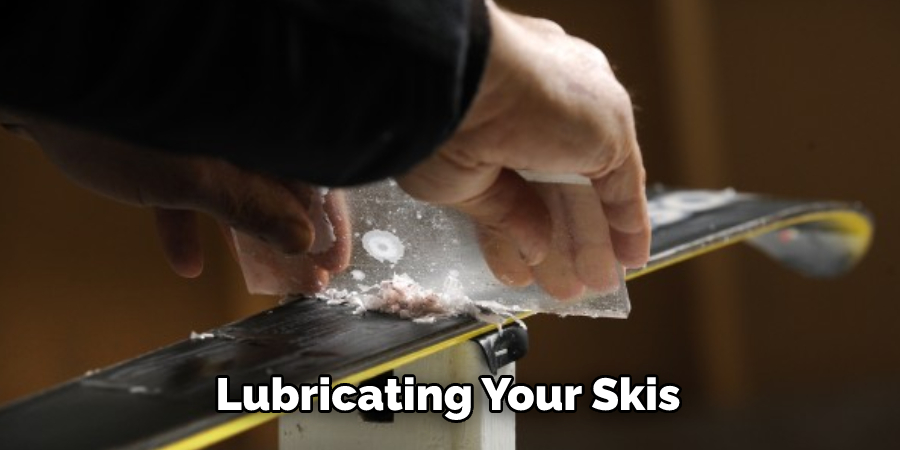
Making your own wooden skis can be a rewarding experience, and with a bit of preparation and knowledge, you can ensure they look great and perform well on the slopes. Hopefully, these tips will help you get started in making the perfect pair of handmade skis. Happy skiing!
Precautions Need to Follow for Making Wooden Skis
- Wear eye protection and work gloves when using power tools and saws to cut or sand the wood for your skis.
- Ensure you are working in a well-ventilated area, as inhaling too much sawdust can cause respiratory problems.
- Select the appropriate type of wood for ski making and make sure to use a high-quality sealant.
- Ensure the wood has been dried properly before cutting, drilling, or sanding it.
- Take measurements carefully and precisely to ensure your skis are symmetrical and have an even weight balance on either side.
- Mark out the shape of your skis using a template or pattern.
- Once the shape has been cut, smooth the edges and sand down any rough parts.
- Apply several coats of sealant to protect the wood from moisture and ensure that it is waterproof.
- Attach steel edges for better grip and control during skiing.
- Finally, attach bindings for the boots. Make sure these are securely fitted to ensure safety on the slopes.
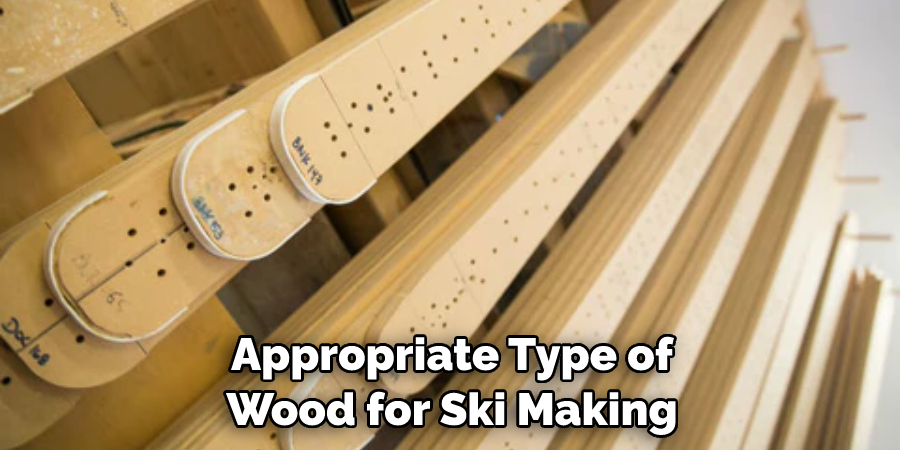
Follow these precautions when making wooden skis in order to keep yourself safe and have a successful ski-making experience! Have fun, and enjoy your time crafting your own skis. Good luck, and happy skiing!
Things You Need to Consider for Making Wooden Skis
1. Choose the Right Wood:
The type of wood you choose for making your skis is important because it will determine their strength and weight. Different woods have different characteristics, so picking a type that works best for your particular needs is important. For example, some types of wood may be heavier or stronger than others, so it is important to consider the type of skiing you will be doing and pick a wood that fits your needs.
2. Consider Ski Width:
The width of the ski should also be taken into account when making wooden skis. A wider ski will be more stable on powdery snow but can be harder to control on icy slopes. A narrower ski is better suited for icy conditions but may not provide enough stability in deep snow. Therefore, it is important to consider the type of skiing you plan on doing and pick a width that works best for your needs.
3. Take Time To Shape The Ski:
Once you have chosen the wood and width of the ski, it is time to begin shaping the ski. This process involves using tools such as a rasp and sandpaper to shape the wood in order to create a smooth surface on the bottom of the ski. This step is important for creating an even and consistent base for skiing.
4. Consider Finishing:
Finally, you must consider how you plan to finish your skis. This process can involve anything from adding paint, varnish, or wax to the wood in order to create a waterproof finish and provide added protection against snow and ice. Choosing a finishing product that will not adversely affect the performance of your skis.
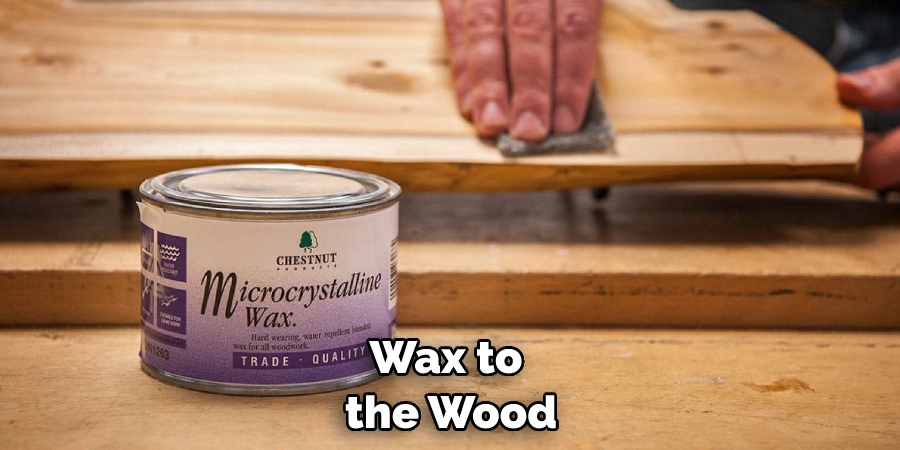
By taking the time to consider each of these aspects when making wooden skis, you can ensure that your skis perform well and will last for many years. With proper care and maintenance, your skis will remain in great shape and provide you with plenty of enjoyable skiing adventures!
Frequently Asked Questions
Which Wood Will Be Better for Making Wooden Skis: Softwood or Hardwood?
The type of wood you choose for your wooden skis will depend on the level of performance you want to achieve. Generally speaking, hardwoods are more durable and offer better performance than softwoods.
However, hardwoods may require more effort to shape and sand into the desired ski design. Softer woods like poplar, pine, or spruce are easier to work with and can provide a good level of performance. Ultimately, the best wood for your skis will depend on your preferences and needs.
How Do I Shape My Skis?
The process of shaping your skis will depend on the ski design you are trying to achieve. Generally, the shaping process involves using a combination of tools such as saws, chisels, and planes to achieve the desired shape.
You can also use sandpaper and rasps to refine your design and reduce any sharp edges. Additionally, you may need to glue pieces together or use additional fastening methods like screws or nails if needed.
What Glue Should I Use For My Wooden Skis?
When it comes to gluing your skis, you should use waterproof glue such as epoxy or polyurethane. These types of glues are designed to form strong bonds and remain flexible once cured, allowing the ski joints to flex with movement. Additionally, waterproof glues can help protect against the elements and allow your skis to endure the elements better.
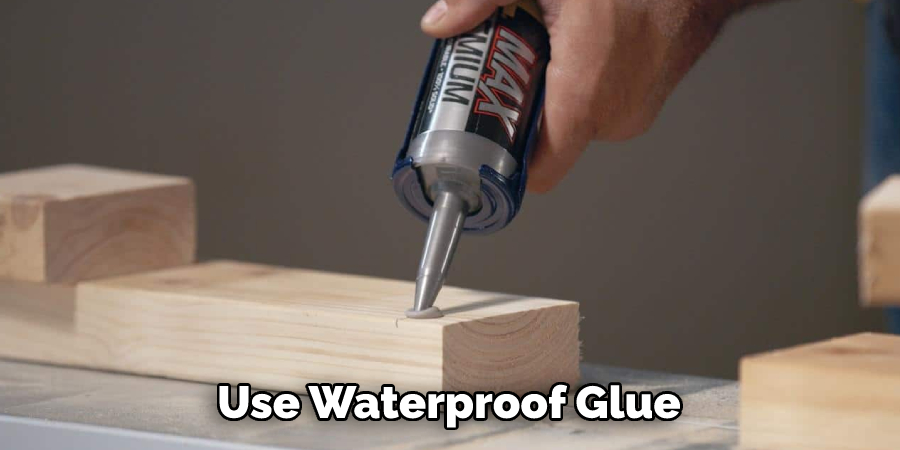
How Do I Finish My Skis?
Once you have shaped and glued your skis, you will need to finish them for protection and aesthetics. Applying a protective layer such as a varnish or sealant will help protect against wear and tear. If you want to add a bit of color or texture, you can also apply a wax or paint finish to the skis.
Conclusion
Making wooden skis is an exciting and creative project that is still relevant today. Keep in mind the recommended steps outlined in this blog to get started, from gathering materials and tools to cutting wood pieces and gluing them all together. You can learn how to make wooden skis with a little patience and some practice.
Not only will you be proud of your work, but also you’ll have personalized gear that feels comfortable underfoot. You don’t even need power tools: with a little imagination, you can create one-of-a-kind skis using hand saws or jigsaws. So why not try making wooden skis while outdoors enjoying nature? It will certainly be a rewarding experience.

